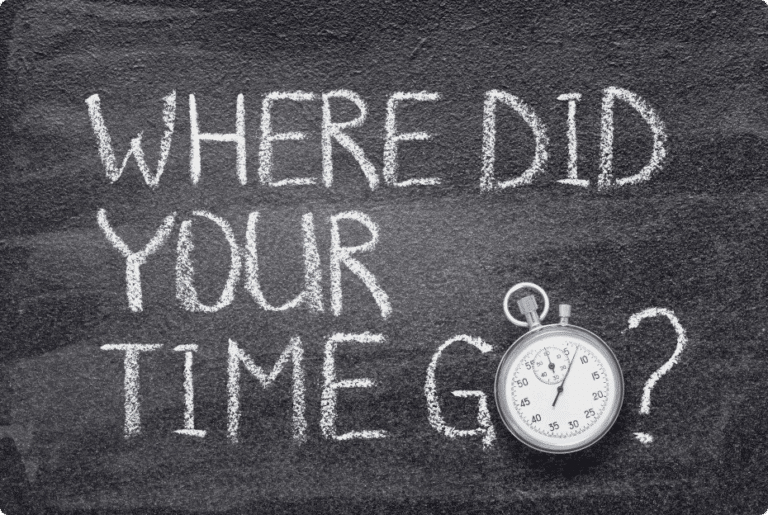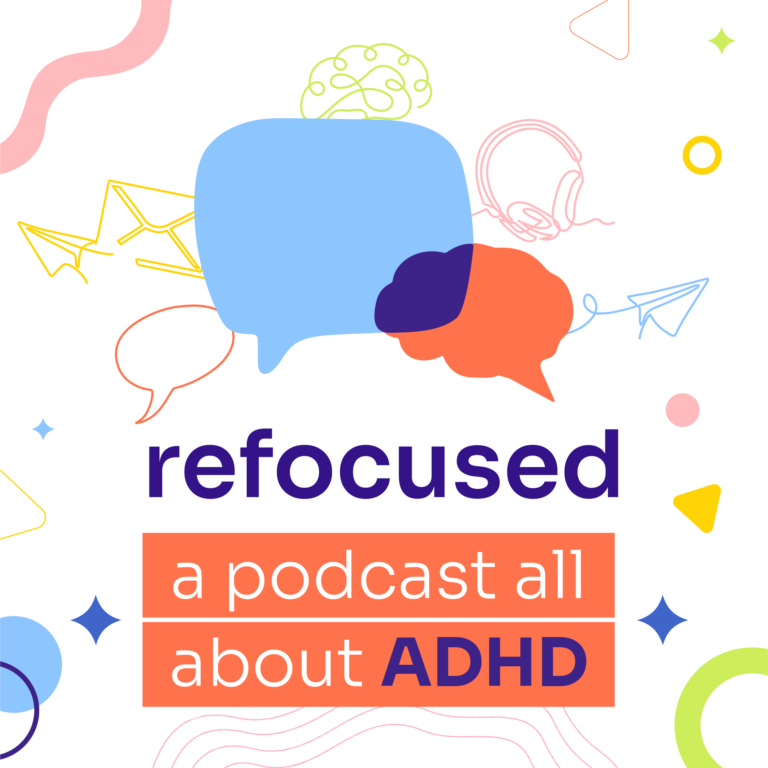
By Maria Romaszkan
Science doesn’t yet know whether having ADHD makes people more creative, though certain studies showed that people with ADHD tend to excel in divergent thinking, or thinking outside the box.
But experts do know this: expressing creativity — in whatever way feels right — can have a significantly positive effect on people with ADHD.
You may think that creating is the domain of painters, writers and other artistically gifted individuals. In fact, all of us are capable of being creative. It’s not about talent. It’s a form of healthy self-expression. What’s important is focusing on the process, not the finished piece or artistic prowess.
In this article, art therapists who have experience working with people with ADHD share the benefits of creative expression and creative activities that people with ADHD can try at home.
Mental Health Benefits of Creative Expression
Indulging your creative side is not just enjoyable. It’s an integral part of self-care. Creative expression has many benefits for your mental health and ADHD symptoms.
“With people with ADHD, whose minds are often in the fast lane of the motorway, it is important to connect with one’s body, and the visceral experience of making art is part of the embodying process,” says Hephzibah Kaplan, director of London Art Therapy Centre.
Here are some ways creative expression can help you manage your ADHD:
• Regulates emotions
Even a simple activity such as coloring or listening to music may help you cope with emotional dysregulation, though being an active participant is far more beneficial.
“The creative process can give us a way to tap into how we feel about difficulties we may be facing and express this freely without needing to censor ourselves,” says Annie Dashwood, a UK-based art therapist and artist. “This can increase our ability to stay present with uncomfortable feelings, reducing any need to rely on unhealthy coping strategies. Having the choice to temporarily step away from the process if these feelings become too intense also increases our sense of control and ability to self-regulate.”
• Helps process emotions and memories
Creative expression can help you deal with painful memories or emotions using our bodies and a bottom-up approach. “It means we’re using our body, rather than just our mind, to process our feelings and experiences,” says Tonia Herrero, owner of East Bay Art Therapy in Oakland, Calif. “This allows memories and emotions that may be out of our conscious mind to be uncovered and released.”
• Improves mood and lowers stress
Studies show that engaging in creative activities may improve mood and have a calming effect. Moreover, some research indicates it can also help manage pain, positively influencing mood and stress levels.
• Increases focus
Creative expression triggers the release of hormones called endorphins, serotonin and dopamine. That is vital for people with ADHD, whose brains don’t produce enough dopamine. It helps them redirect their focus and excess energy to a healthy, safe activity.
A 2014 survey of art therapists working with children with ADHD revealed that all participants agreed that art therapy aided with such issues as the inability to concentrate or excess energy.
• Boosts self-esteem and fights perfectionism
People with ADHD often experience criticism as children, leaving them feeling inadequate. Their self-esteem may be connected to how well they can perform or how perfect the results they deliver are.
Meanwhile, creative expression allows creating freely without worrying about the quality of your work or the opinions of others.
“When we take risks in art and make errors, or the paint splashes out all over the page, we cannot press the delete button but learn to transform the mistake into something new,” says Kaplan. “We can make errors and find a way through them.”
• Helps practice social skills
Depending on the activity, being creative can also help improve social skills, which are sometimes a problem for people with ADHD. Acting, for example, is usually done by a group of people. Moreover, understanding your character’s personality and motivations may benefit your empathy and emotional intelligence.
• Can be a form of healthy self-expression
Sometimes it isn’t easy to describe what you’re feeling or experiencing. Perhaps you can’t find the words or bring yourself to say them out loud. A non-verbal creative expression such as sculpting, drawing or dancing is an excellent way to self-express, explore your identity and raise self-awareness.
• Teaches organizational skills
Creative processes require organizational skills that people with ADHD may find difficult.
“Creative expression involves problem-solving skills in a safe context and without damaging risks, so it’s a great opportunity to build up our problem-solving and executive functioning skills,” says Herrero.
Creative Expression Activities
So, what are some ways to express your creativity, and maybe help some of your ADHD symptoms?
Below are some exercises inspired by art therapy and recommended by experts in this field. But remember that creative expression isn’t limited to art. Don’t be afraid to experiment to find those activities that feel safe and enjoyable.
• Create a mandala
A mandala is a circular symbol first used by Tibetan Buddhists. Nowadays, it’s also a form of art activity that experts believe can improve focus and mood.
Drawing a mandala from scratch and coloring one can have positive effects on your mood and stress levels. There are plenty of free printable mandala patterns you can find online.
• Draw your emotions
Giving shape to your feelings can help you focus and relax through visualization and increase your awareness of emotions in your body, says Kaplan. She recommends such activities as making body maps.
Herrero also recommends bilateral drawing — using both hands to draw simultaneously. It integrates the left and right brain, she says. In other words, it helps process emotions.
• Play with kinetic sand
Ursula Jorgensen, founder of Bay Area Art Therapy with locations in the San Francisco Bay Area, suggests using kinetic sand. “This works with kids as young as preschool, teens, couples and elders,” Jorgensen says. “It’s a sensory grounding tactile experience. Kinetic sand has a soft, often cool feeling that helps the client stay present while working with it.”
Jorgensen adds: “My clients create a story with the sand that often holds many self-representations of feelings, thoughts, struggles and strengths. After they make the story, we talk about what is happening, what happened leading up to, and where they want the story to go next.”
• Write a story
If you prefer, you can create a story with words. Try to find inspiration in your thoughts and feelings, memories of the past and hopes for the future. Don’t think about how silly the story is or how bad the grammar is. This is just for you — you don’t have to share it with anyone.
Perhaps stories aren’t entirely up your alley. You may try journaling instead by using expressive writing techniques, journaling prompts or writing letters to yourself.





